Safety First: Childproof Your Home, Room by Room
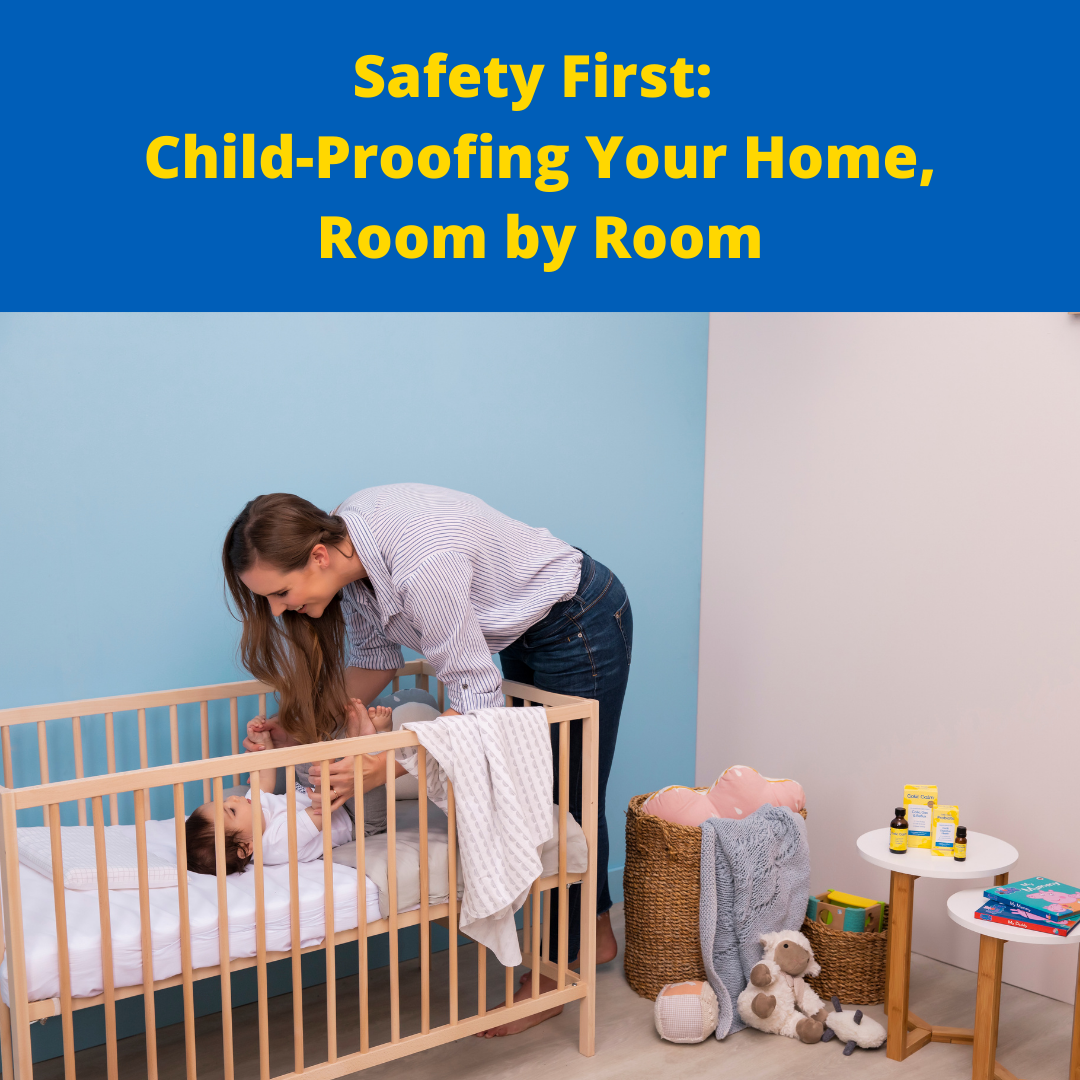
Bringing a baby home can be nerve-wracking and exciting all at the same time. You can’t wait to meet the little one, but you also can’t help but think about all that could go wrong. The good news is that there are several safety precautions that you can take to ensure your little one is in a safe and protected environment.
We’ve split the safety measures up into different room categories, focusing on the kitchen, living room and bedrooms. See the graphics below for details.
Kitchen
1. Secure cupboards with baby locks. We love these baby locks because they don’t require tools or measuring to install. They are also invisible when cupboards are closed.
2. Make it a habit of keeping items away from counter edges – especially hot items. An infant could pull down on the item and get hurt.
3. Secure stove with stove knob covers so your little on can’t turn the stove on. These clear stove knob covers fit seamlessly on any style of stove.
4. Create a spot where your little one can play while you’re cooking or cleaning. For younger children, you can use an exercising play seat such as this one. Exercise seats that include interactive development toys are very helpful.
5. Don’t use tablecloths as kids can pull them down and send the items flying.
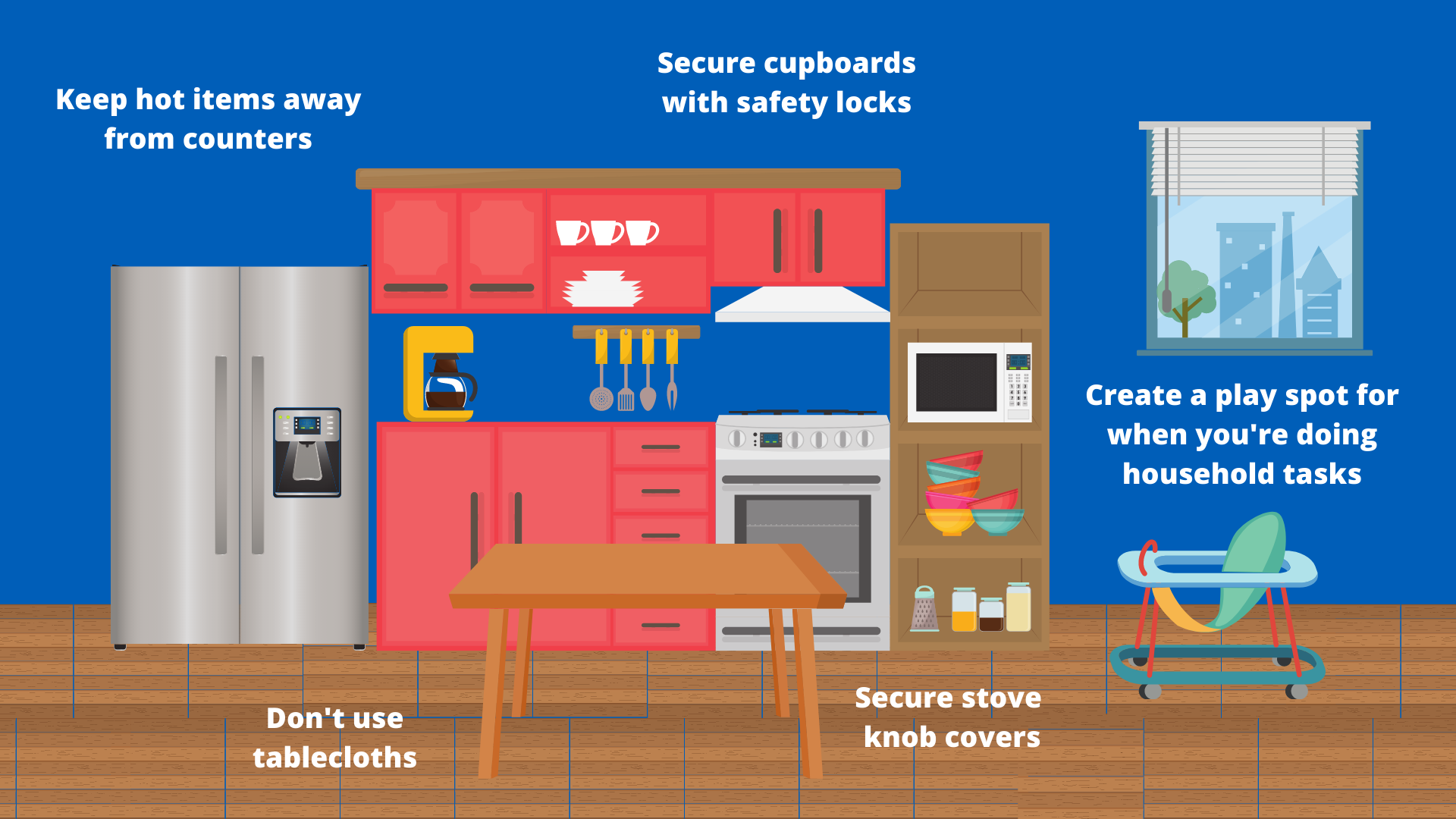
Living Room
1. Hide all cords, such as TV cords, chargers and more inside of locked cabinets.
2. Set up a gate in stairwells so that your little one can’t climb up and down the stairs. Gates are also helpful for hallways to keep babies safe when there is little supervision. Adjustable baby gates are perfect for switching between doors and hallways.
3. Check all blinds and make sure that cords aren’t dangling where an infant could reach them.
4. Utilize a nonskid pad under rugs so that your little one doesn’t slip. Our favorite rug grippers are used at the corners of rugs and peel off for easy use.
5. Vacuum regularly to remove small items from the ground.
6. Anchor heavy items to walls so that they can’t topple over. These furniture wall anchors are even resistant to earthquakes!
7. Secure windows so they can’t open more than four inches.
8. Make sure all house plants are nontoxic – some can be toxic and babies will grab and put it in their mouth.
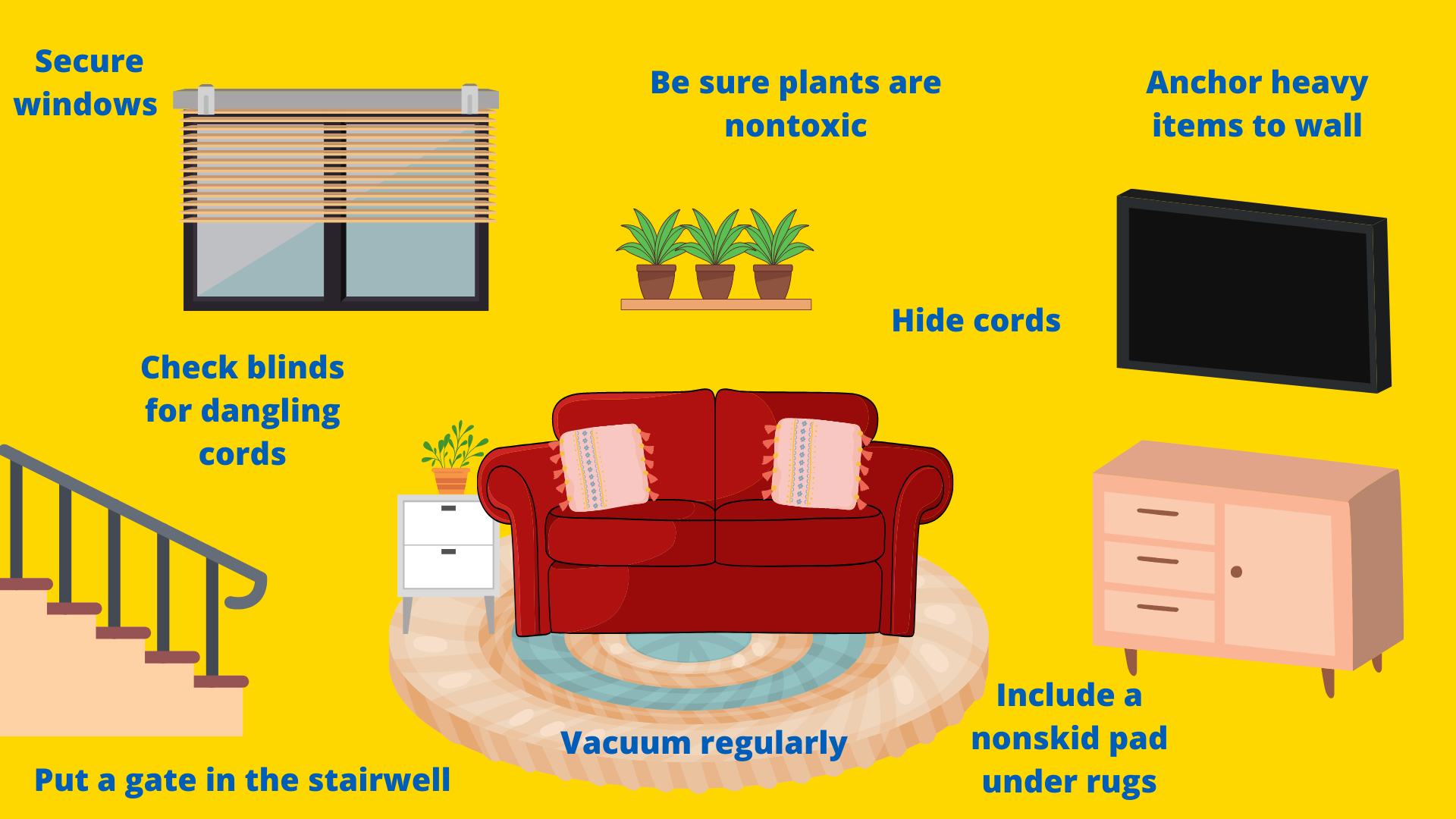
Bedrooms
1. Place doorknob covers on doors so that little ones can’t open them. With these doorknob covers, you can simply press on the double buttons to easily turn the knob.
2. Be sure that the crib is an appropriate height so that babies won’t fall far if they get out of the crib. For newborns, the crib mattress can be placed at the highest setting. Once your little one can sit up, the crib mattress will need to be moved down.
3. Be sure that crib sheets are tight on the bed so that your little one won’t get tangled up.
4. Cover electric outlets with safety covers. Infants love to put their fingers into the outlets if given the opportunity.
5. Include a thick piece of rug or cushion underneath the crib to soften falls.
6. Secure any dressers and bookshelves to walls so that they don’t fall on top of children.
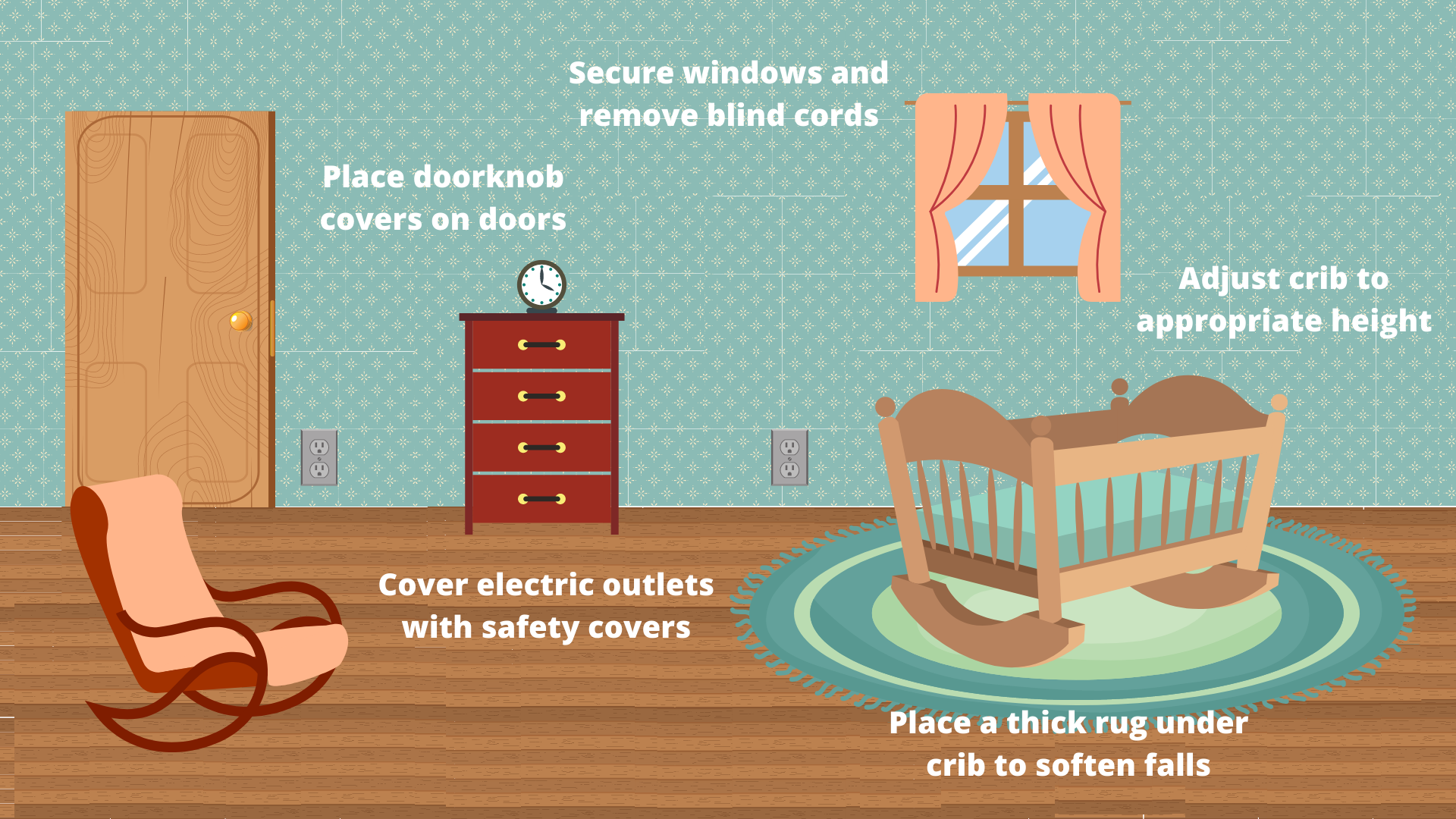
Bathrooms
1. Stay within reach of the tub during bath time.
2. Be sure that the water is not too hot and that it’s between 96-100 degrees Fahrenheit.
3. Bathe baby in slip-resistant infant bathtub. Many infant bathtubs also come with an adjustable recliner so that you can choose how your little one is reclining in the tub.
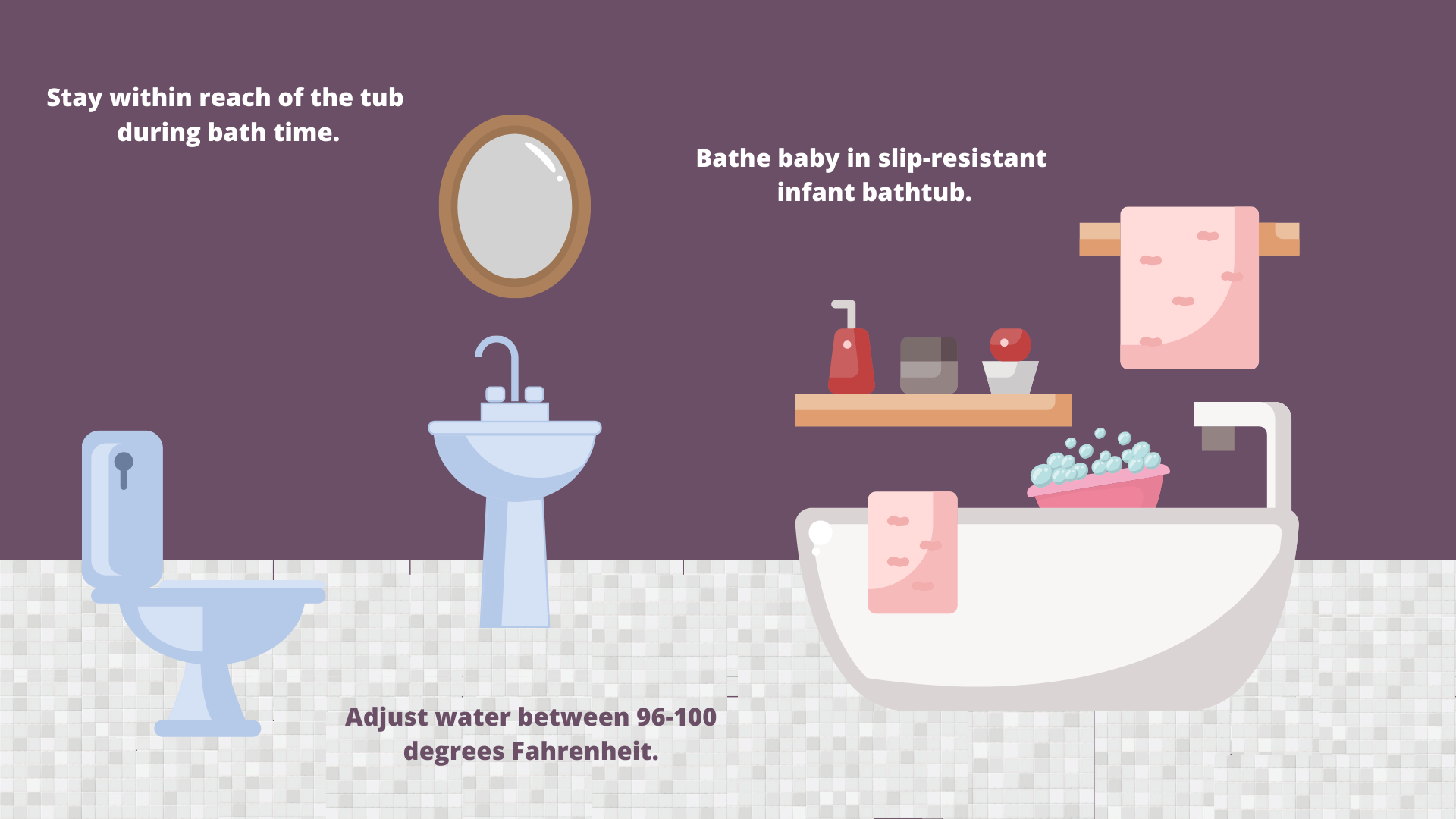
Vehicles
1. Always use a car seat that is federally approved. Don’t carry your infant on your lap while in the car.
2. Car seats should face the back of the vehicle for the first two years of your little one’s life.
3. Disengage airbags in the back of the vehicle. Never allow infants to come to the front seat where they could get hit by an airbag.
Around the House
1. Set water heaters to less than 120 degrees so that children can’t get burned by the liquid.
2. Guard sharp corners of tables and walls from babies using corner guards. These ones are clear so that they blend in with nearly every type of table or wall.
3. Keep batteries stored away and out of reach of children.
Although it can be cosmetically unappealing at times (if you're looking to create an atmosphere you love, checkout this article), childproofing your home will ensure that your little one is staying safe.
 Canada
Canada South Africa
South Africa UK
UK EU & Int
EU & Int Ireland
Ireland Australia
Australia Brazil
Brazil New Zealand
New Zealand



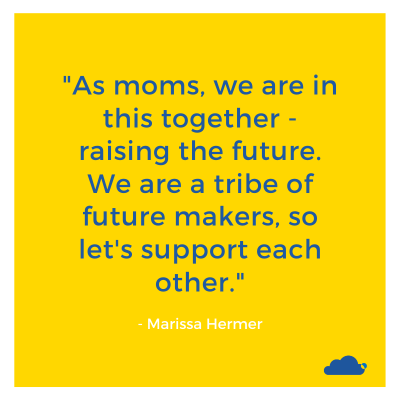
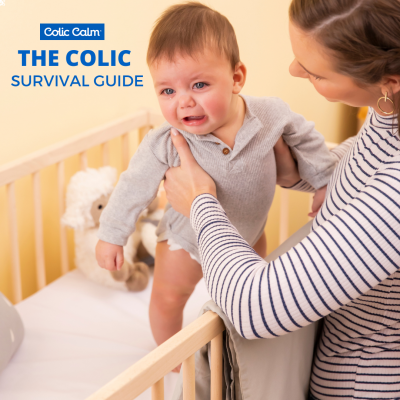

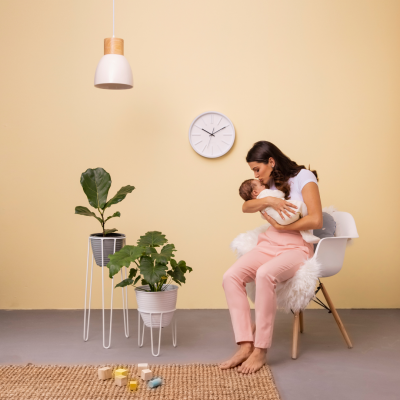
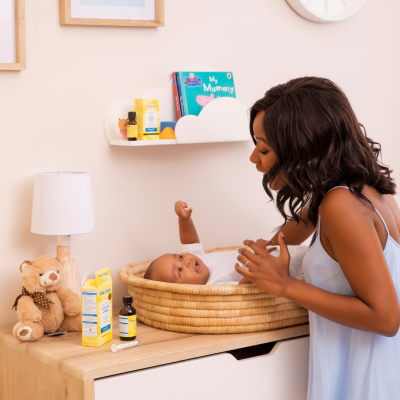
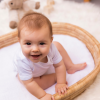

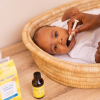
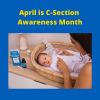
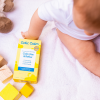



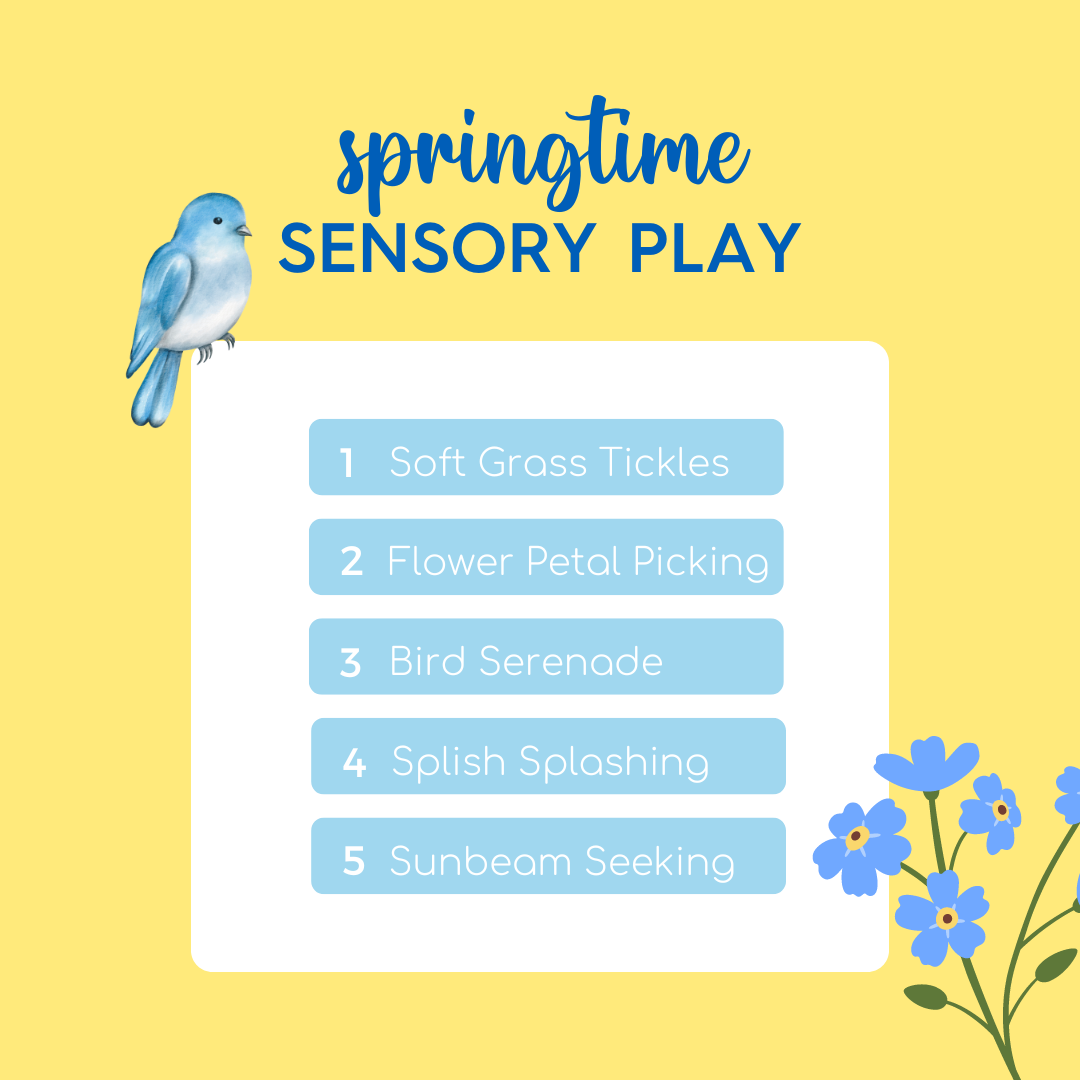
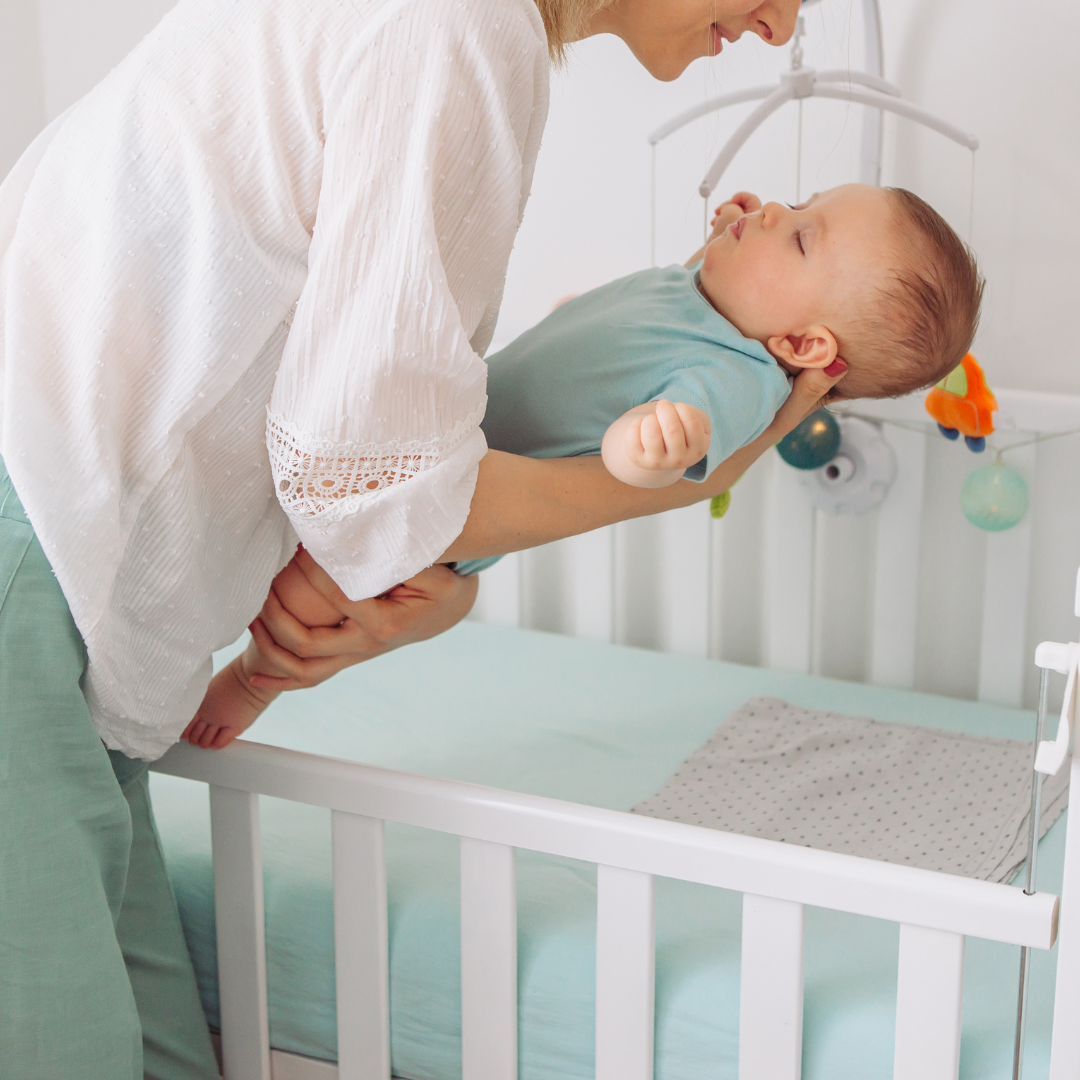
Comments